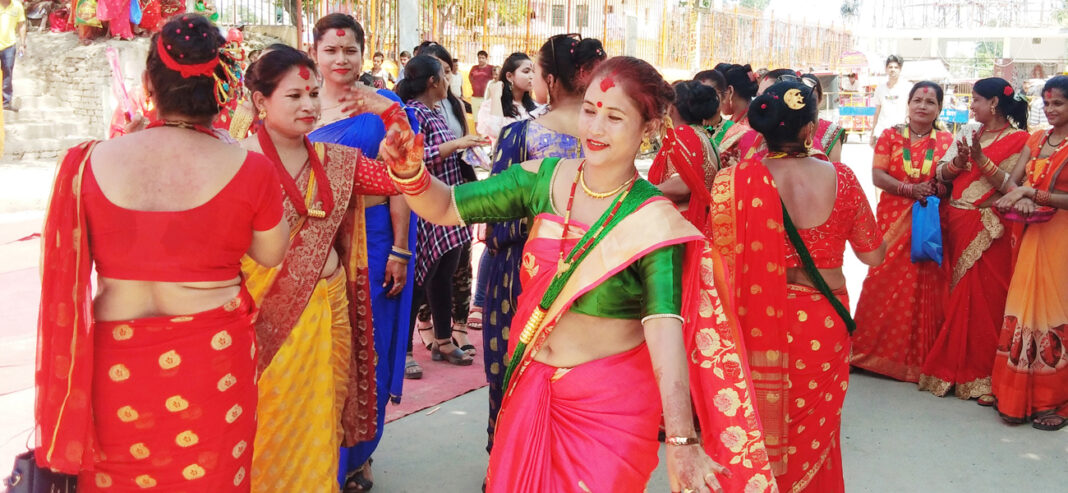Introduction: Teej, a vibrant and culturally rich Hindu festival, unfolds annually in Nepal and select regions of India. This celebration marks the divine union of Lord Shiva and Goddess Parvati, symbolizing the well-being of husbands, families, and the arrival of the monsoon season. For Nepali women, Teej is not just a festival; it’s an embodiment of tradition, love, and devotion that spans three days, usually falling in August or September, following the lunar calendar.
The Origin of Teej Festival: A Tale of Love and Determination Teej’s essence is rooted in the enchanting story of Parvati, a princess who disregarded societal norms in order to marry her beloved deity, Lord Shiva.
The Teej Festival is primarily dedicated to honoring the deep affection and resolute commitment between Parvati and Shiva, who are regarded as the gods of creation and destruction in Hindu mythology. Parvati, the daughter of the Himalayan king, found herself in a unique predicament as her father intended to wed her to Vishnu, the god responsible for preservation in the Hindu pantheon.
However, Parvati’s heart was already captivated by Shiva, the ascetic who resided in the tranquil depths of the forest. Fueled by her deep affection for Shiva, she took a bold step, seeking to follow his path of meditation and austere living. With the invaluable support of her friends, Parvati made her escape from the palace and ventured into the wild.
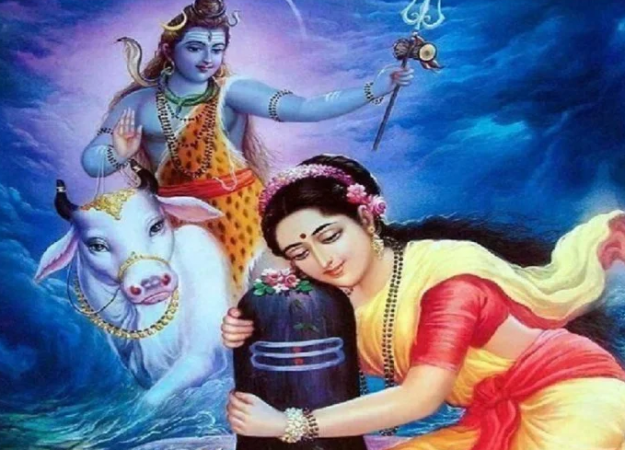
Shiva, intrigued by Parvati’s unwavering commitment, decided to put her loyalty to the test. Disguising himself as Vishnu, the deity of preservation, he presented Parvati with an opulent marriage proposal, replete with grandeur and allure. However, Parvati’s love for Shiva was unwavering. She recognized Shiva in disguise and resolutely declined the proposal, declaring her heart belonged solely to Shiva.
Touched by Parvati’s genuine devotion and steadfast love, Shiva revealed his true divine form. In this moment of revelation, their union was sealed, and they embarked on a life filled with eternal love and bliss. Parvati, ever grateful to her friends for their unwavering support, hosted a joyous feast to share her happiness with them. This heartwarming tale of love, loyalty, and friendship is the beautiful genesis of the Teej Festival, a celebration that continues to captivate hearts and souls to this day.
Celebrations of Teej Festival
Hartalika Teej is also known as the “Nepal Women’s Festival” and the “Women’s Wishing Festival.” The festivities span three days and include enjoying a grand feast, observing strict fasting, offering prayers to Lord Shiva, taking ritual baths in holy rivers, and presenting traditional performances. The second day of the Teej Festival is commonly referred to as Nepali Women’s Day.
Day 1: Dar Khane Din – The Feast Begins Teej kicks off with Dar Khane Din, meaning the day of feasting. Women gather at their maternal homes or other communal spaces for a grand feast. Delicacies are savored, gifts exchanged, and blessings shared among relatives and friends. This lavish feast carries on until midnight, marking the start of a 24-hour fast.
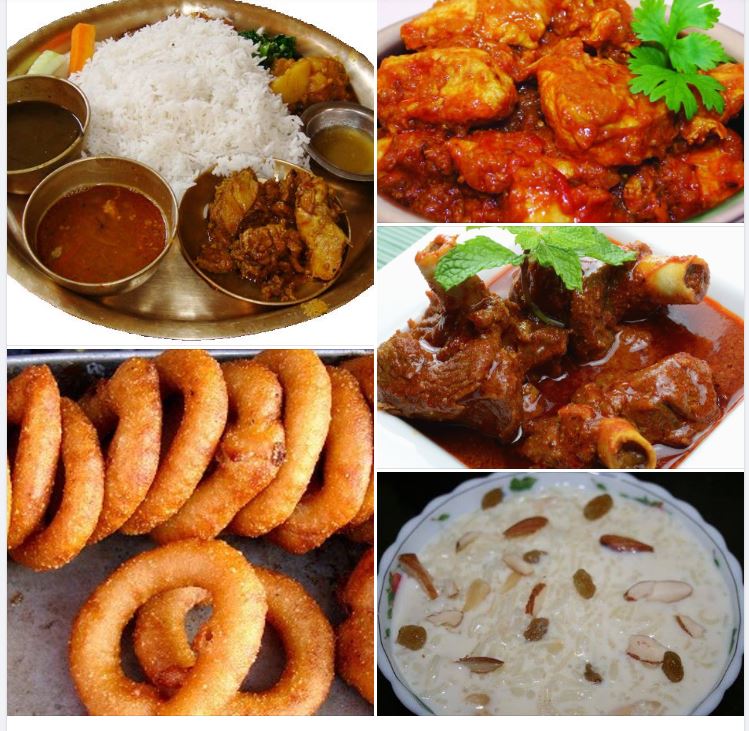
Day 2: Fasting, Devotion, and Elegance The second day is the heart of Teej, a day of fasting, worship, and profound devotion.
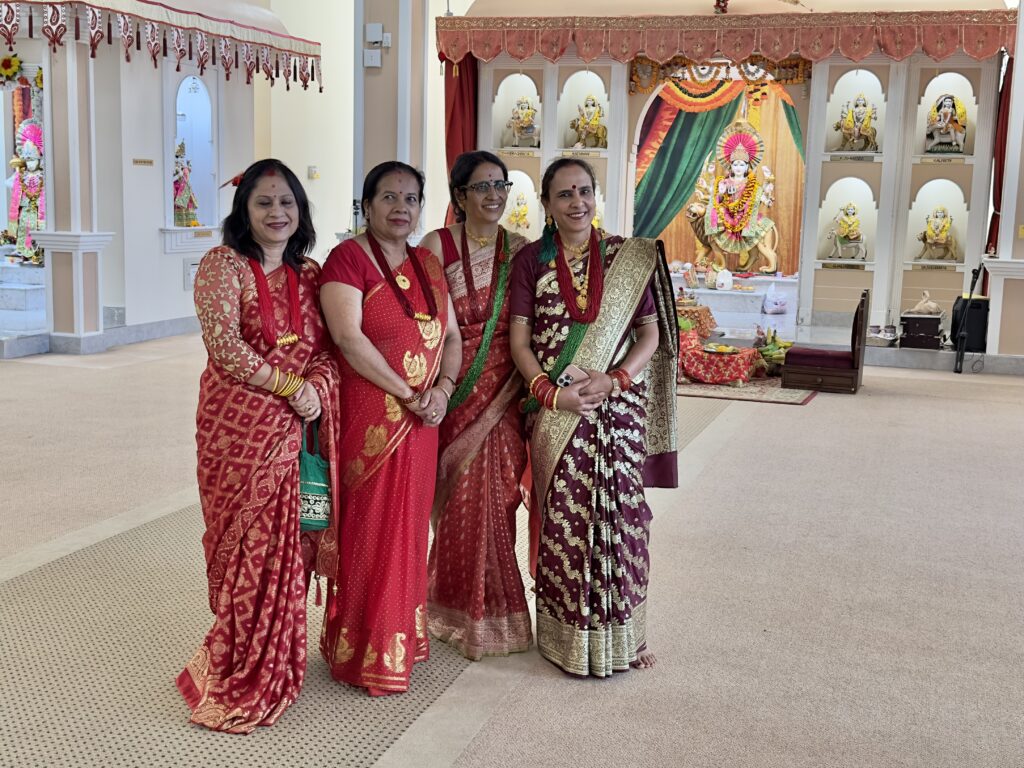
Women abstain from food and water, adorning themselves in radiant red saris, bangles, tikas, and jewelry. Shiva temples, particularly the iconic Pashupatinath temple in Kathmandu, witness a surge of worshippers.
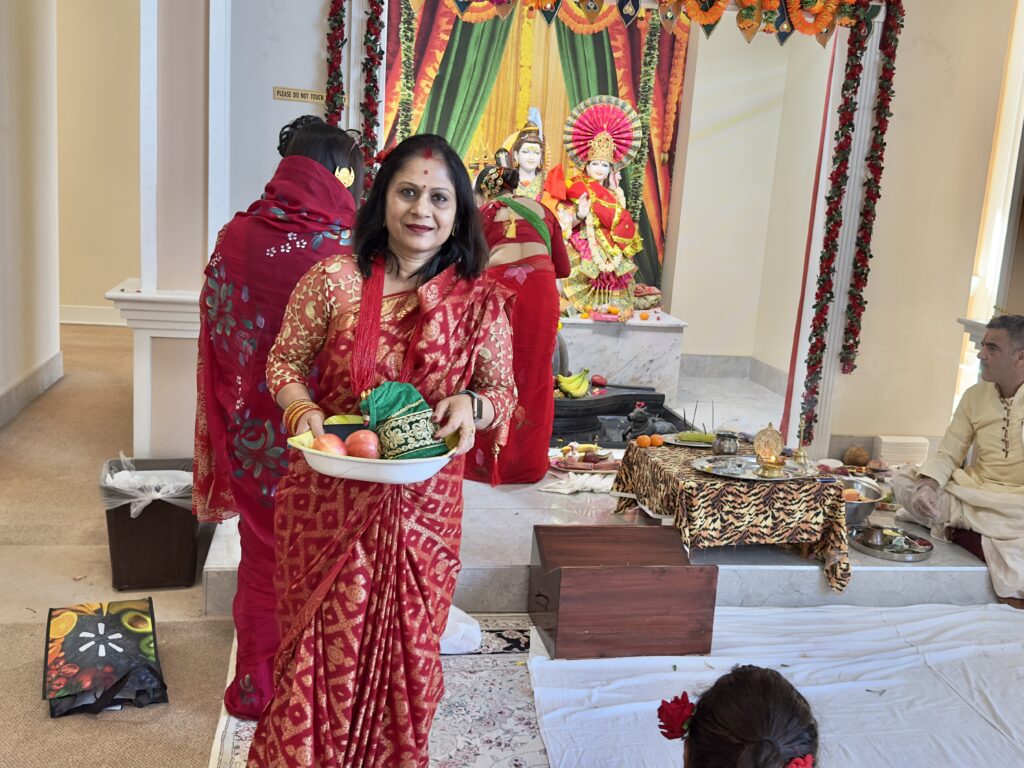
Devotees offer prayers, garlands, and flowers to Lord Shiva and Goddess Parvati. Groups of women sing devotional songs and engage in spirited dances, expressing their joy and faith. The fast is believed to bestow marital harmony, longevity, and prosperity upon their husbands and families.
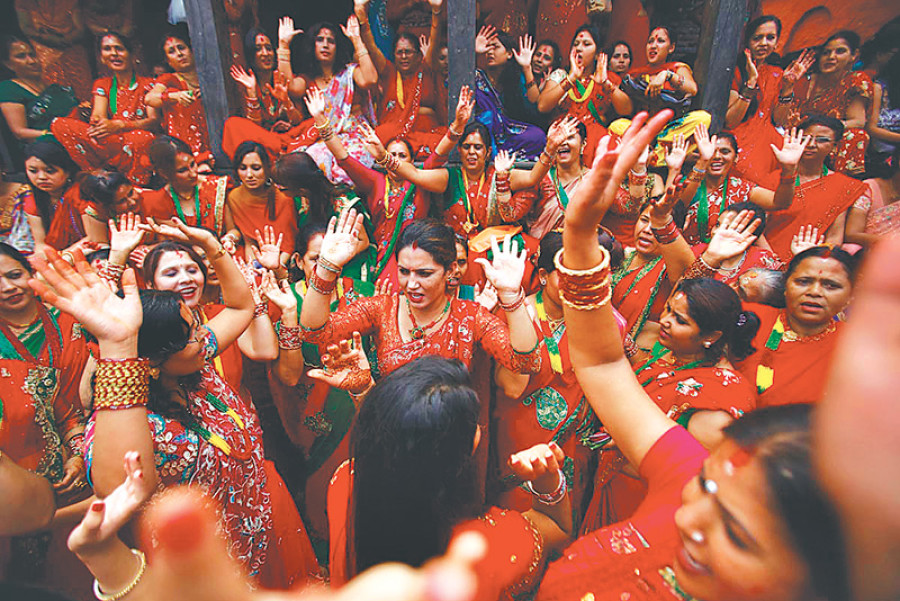
Day 3: Rishi Panchami – Honoring the Sages Rishi Panchami, the third day, translates to the day of the sages. Women participate in a ritual bath in holy rivers or ponds, using red mud, cow dung, and Datiwan plant leaves. This act symbolizes purification and repentance for any sins or transgressions committed in the past year.
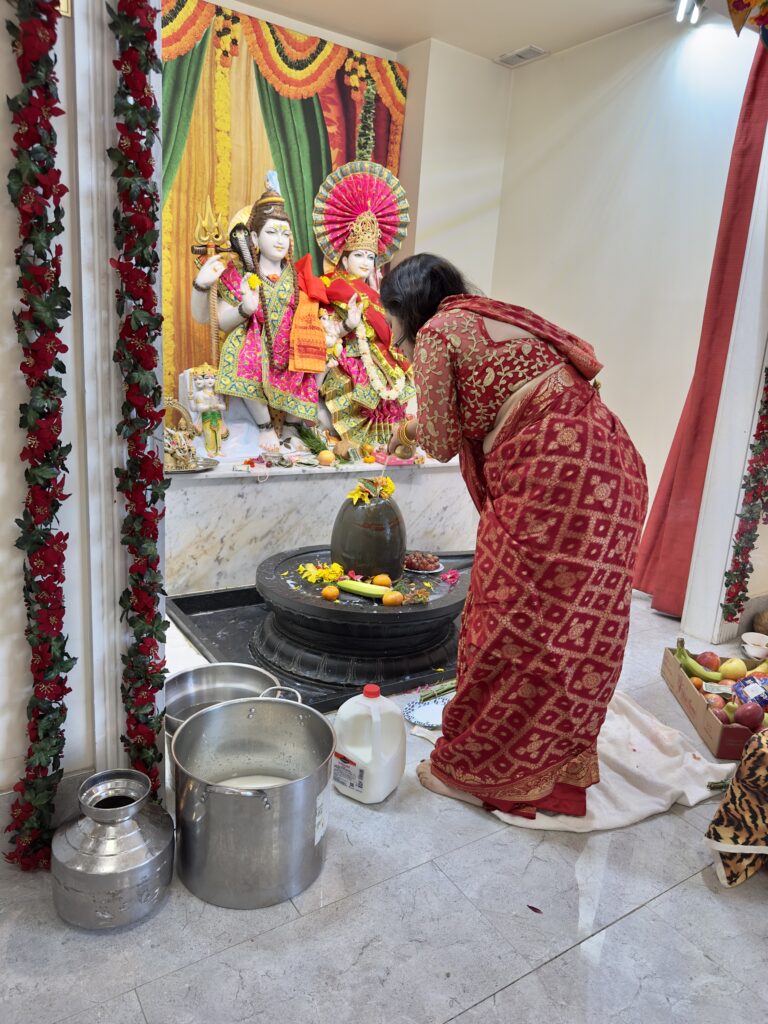
Additionally, the seven sages, known as Saptarishi, revered as the ancestors of all humans, are worshipped. Women seek forgiveness and renewal as they reflect on their actions.
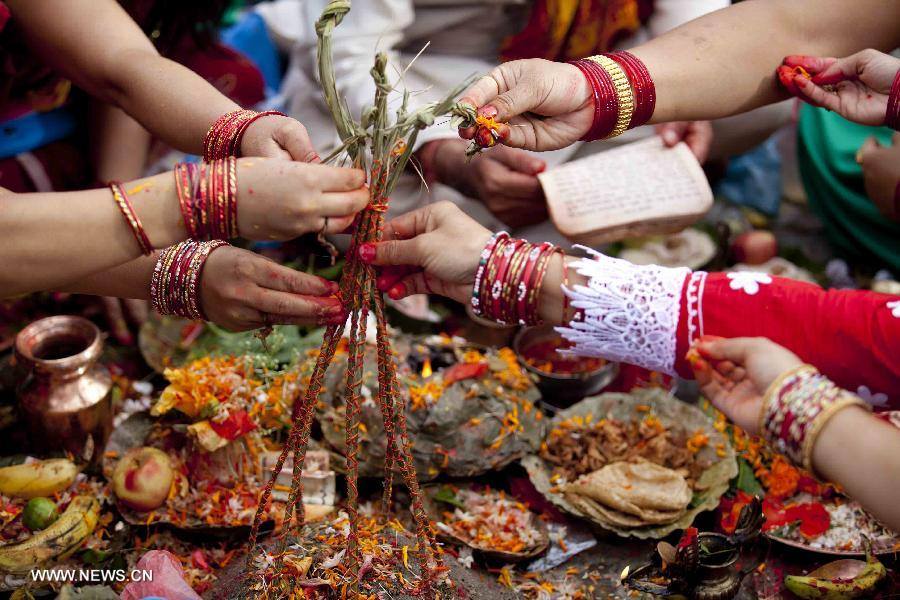
A global media for the latest news, entertainment, music fashion, and more.

